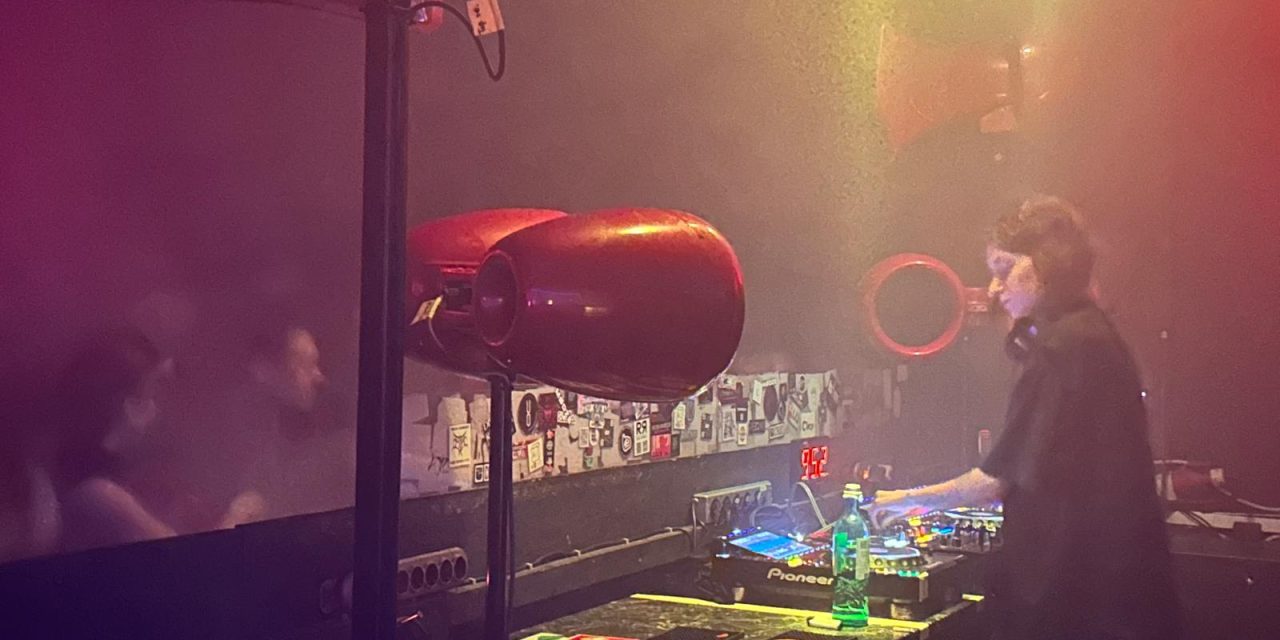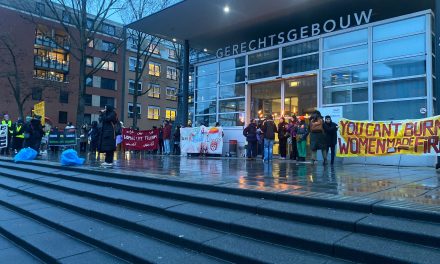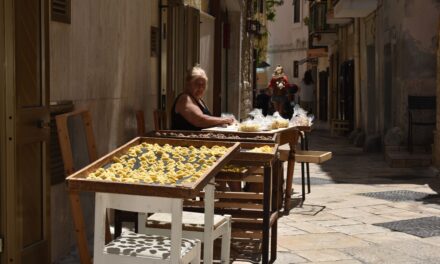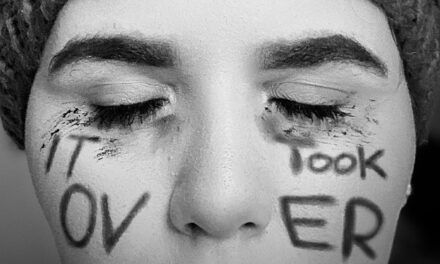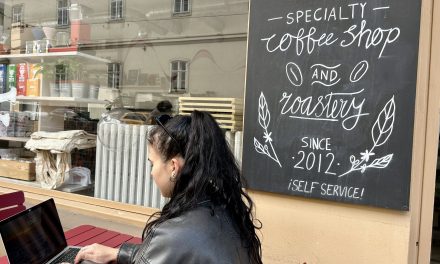Over the course of 30 years, the techno movement in Berlin has evolved into significant cultural phenomenon. It started with a perfect storm and in three decades it created a tight community. Now, the scene needs protection.
A perfect storm
‘The atmosphere in the city since the reunification was elemental for the creation of the Berlin techno scene,’ says Timo Koren, cultural sociologist and researcher of club culture at the University of Amsterdam. ‘People from the East and West could finally meet and dance together again.’

An artist performing at the Mauer Park, former death strip of the Berlin Wall
The techno scene in Berlin got off to a promising start. When the Berlin Wall came down in 1989 the city was reunited once more. Citizens were euphoric. Around the same time, across the Atlantic Ocean a new kind of music arose. In the city of Detroit, techno music developed. When the DJ’s from that city travelled to Berlin, a perfect storm was created.
‘Furthermore, the eastern part of Berlin was filled with warehouses, power plants and other industrial buildings that weren’t used anymore. They were the perfect places for clubs, as they were empty, not close to residential areas and without any rules. There were no restrictions on sound levels and the municipality of Berlin was happy that these buildings were used for cultural purposes.
Koren continues: ‘The artists from Detroit felt very at home in an industrial city like Berlin. Detroit, home to many car manufacturing companies, had similar mechanical vibe as Berlin. Berlin had always been a cultural hub for many people and these DJ’s from Detroit with their new music came at exactly the right time. All the pieces of the puzzle fell into place, creating the perfect storm to start the new scene.’
The community
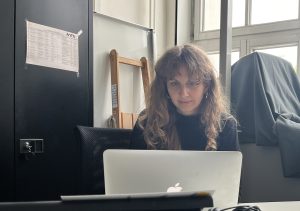
Dr. Anita Jóri
The Berlin techno scene took off with a bang, but how did it stay relevant up until now? Anita Jóri is a research assistant, doctorate and researcher of the electronic music community at the Berlin University of the Arts. According to dr. Jóri, the techno community played a vital role in the popularity of the Berlin techno scene.
‘A lot of marginalized groups feel very at home in the scene. The movement has always been and still is very welcoming to people of colour, LGBTQI+-people, women and so on. In the clubs, these people might feel safer, because they can be themselves without questioning.’
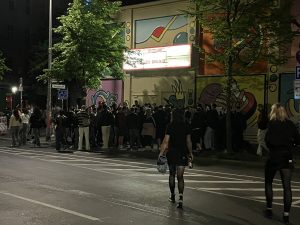
People joining the queue of a Berlin club
Being a part of the community is also evolving, according to dr. Jóri. ‘I spoke to a person from South America. He went to the popular and infamous club Berghain, where the door policy is very strict. The man told me that even standing in the long line outside the club made him feel a part of the community. He knew he would not get in, but standing in line was enough for him.’
‘The strict door policies are everywhere in Berlin. At most venues you also cannot bring in your phone or take pictures. These restrictions give the scene a certain kind of myth. This myth keeps the people coming to Berlin, they want to be a part of it and experience it themselves.’
The scene of today needs protection
Although many people want to be a part of the Berlin techno scene, it is also facing dangers. Matthias Roenigh, better known as Dr. Motte initiator of the Berlin Love Parade, has been a part of the Berlin techno scene since its inception. He is worried about a few things.
‘During COVID, young people danced at illegal raves for free. Therefore, the new generation is not used to paying entrance fees for party’s. Clubs suffered from less visitors. Furthermore, young people did not learn the rules of the club and so the atmosphere inside the clubs changed when they opened again.’
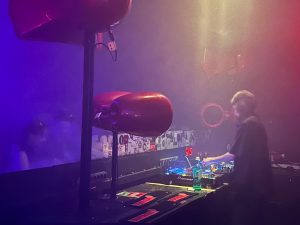
DJ Emina Helena performing
‘Another problem for the scene is space,’ Dr. Motte continues, ‘more and more apartment buildings are being build, because people need to live somewhere. The building of homes is at the cost of clubs buildings a lot of times.’
To protect the Berlin techno scene from this, Dr. Motte started the organisation Rave The Planet together with Hans Cousto and a few other people. They started a campaign to put the Berlin techno scene on the German UNESCO Cultural Heritage list. Last March they succeeded.
‘The addition to this list makes protecting club buildings from demolishment easier. It also makes the clubs more attractive and have more importance. Therefore people are more eager to pay an entrance fee and are more eager to visit.’
‘But first and foremost, the Berlin techno scene is something we are very proud of and we wanted recognition for. The addition to the Cultural Heritage list provides this recognition. The process was long and hard and we are not finished yet, we are now starting educational projects about the scene. So people learn what the scene has and still does mean and they also learn how to behave and appreciate clubs again. These initiatives are required by UNESCO.’
With the addition to the UNESCO Cultural Heritage list, the Berlin techno scene starts a new chapter. How does this new chapter feel? This field report takes you right inside the famed techno scene of Berlin.
